Yunnan: A paradise for black cranes to spend winter
When winter set in, the migratory black-necked crane that is native to west Sichuan’s Ruoergai wetland would fly southward to Yunnan province for wintering. And there’s no exception this year.
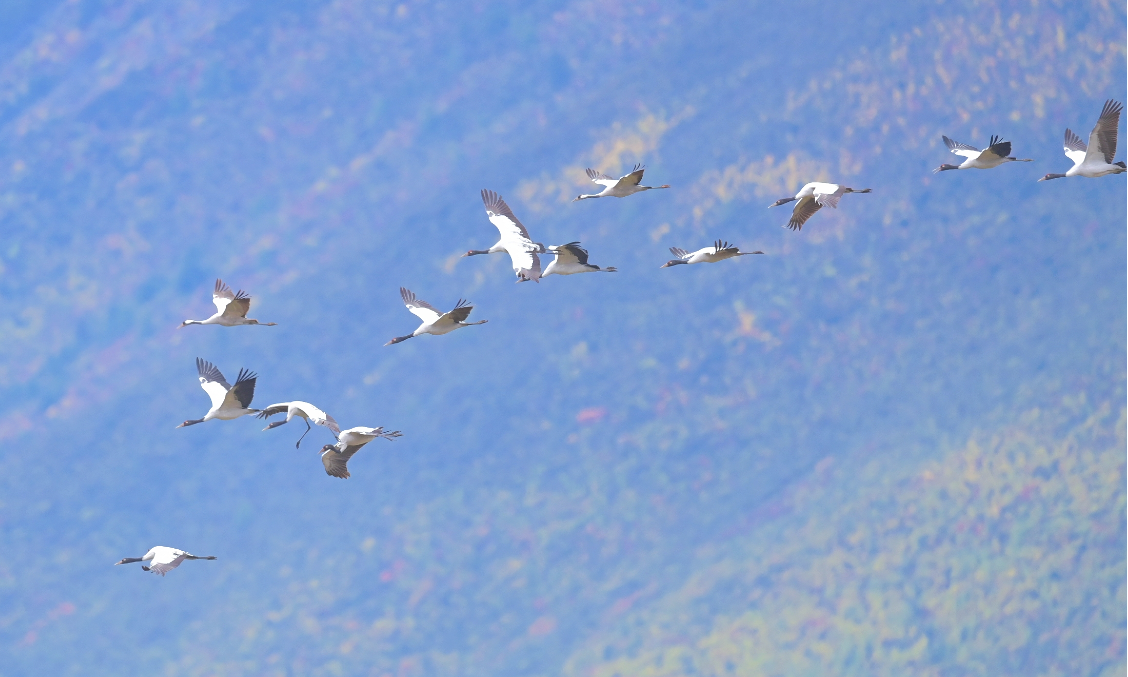
The black-necked cranes reach the Napa Lake wetland in northwest Yunnan’s Diqing prefecture October 17.
The cranes first reached Diqing and Zhaotong in north Yunnan and then glided further southward to Qujing and Kunming in east and central Yunnan.
The cranes began their landing at the Napa Lake in northwest Yunnan’s Diqing prefecture on October 17, and the first flock included 34 black-necked cranes, 2 gray cranes and 61 black storks.
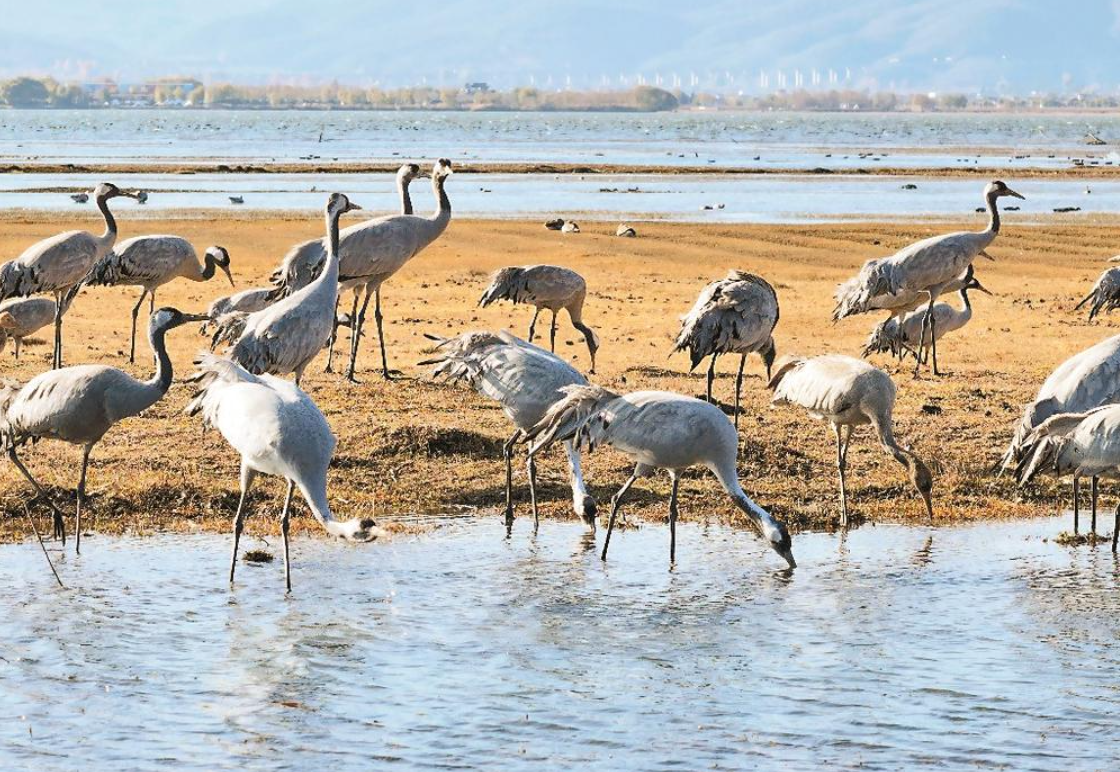
Gray cranes forage in the Lashi Lake wetland in northwest Yunnan’s Lijiang city.
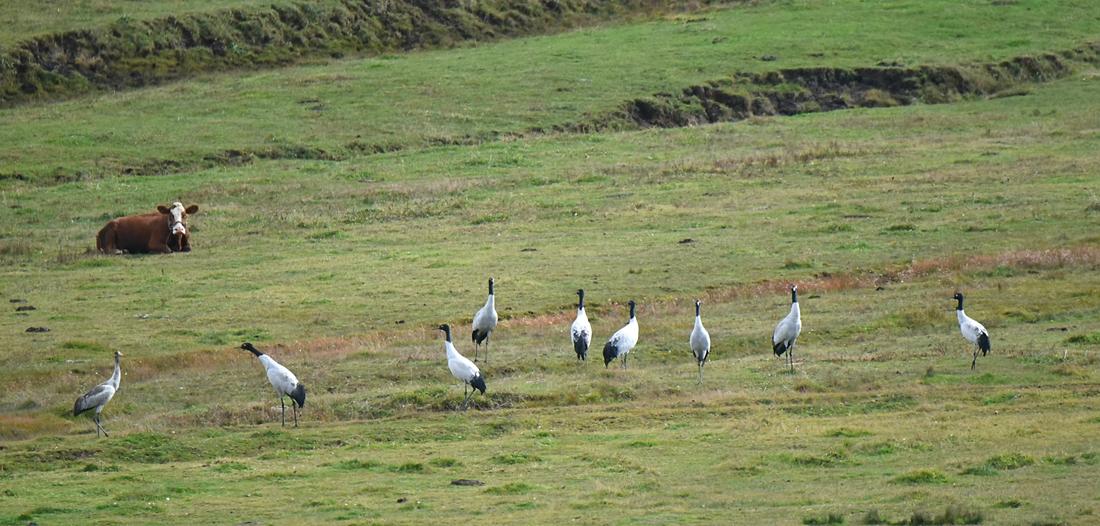
Black-necked cranes spend winter in the Dashanbao nature reserve in northeast Yunnan’s Zhaotong city.
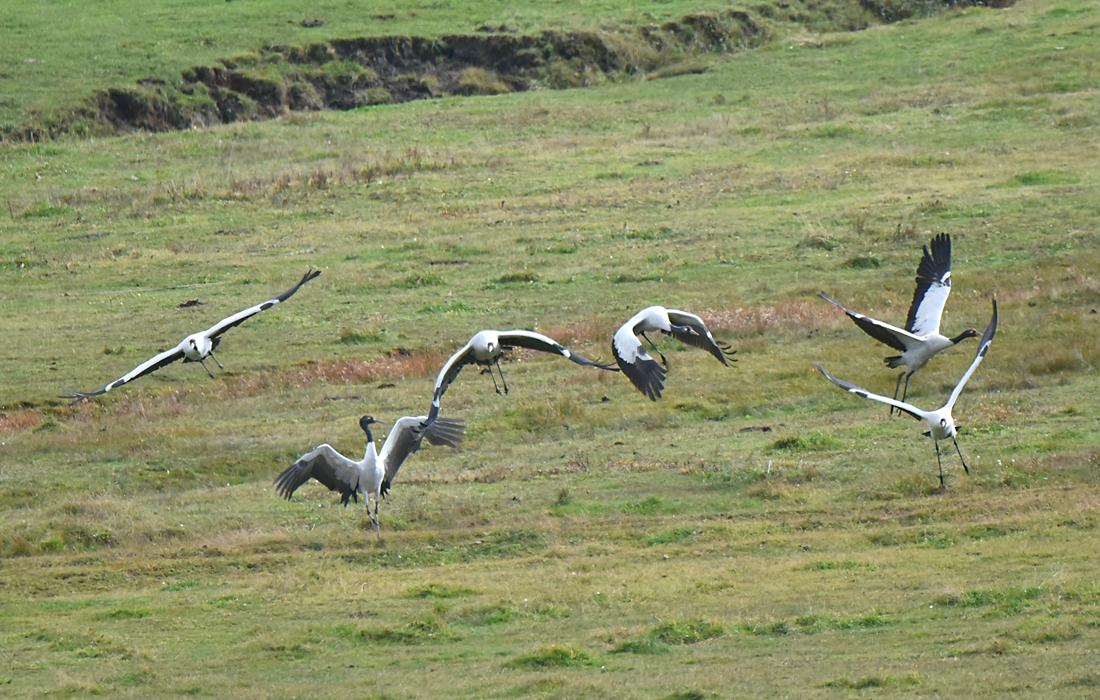
Black-necked cranes spend winter in the Dashanbao nature reserve in northeast Yunnan’s Zhaotong city.
By then end of November, about 700 cranes were seen frolicking and foraging in the Lashi Lake wetland in northwest Yunnan’s Lijiang city, while the over 1,800 black-necked cranes were wintering in the Dashanbao nature reserve in northeast Yunnan’s Zhaotong city.
Now around 1,000 black-necked cranes are inhabiting the Huize nature reserve in east Yunnan’s Qujing city, and some of them have even migrated further southward to the Xundian nature reserve in central Yunnan’s Kunming city.
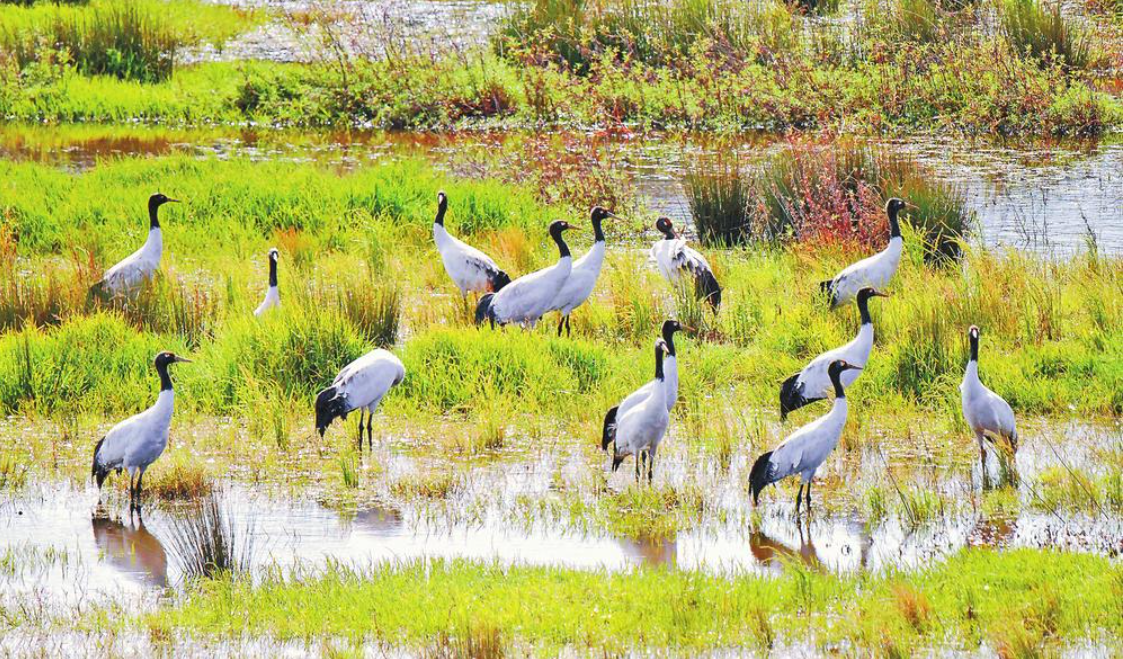
Black-necked cranes inhabit the Huize nature reserve in east Yunnan’s Qujing city.
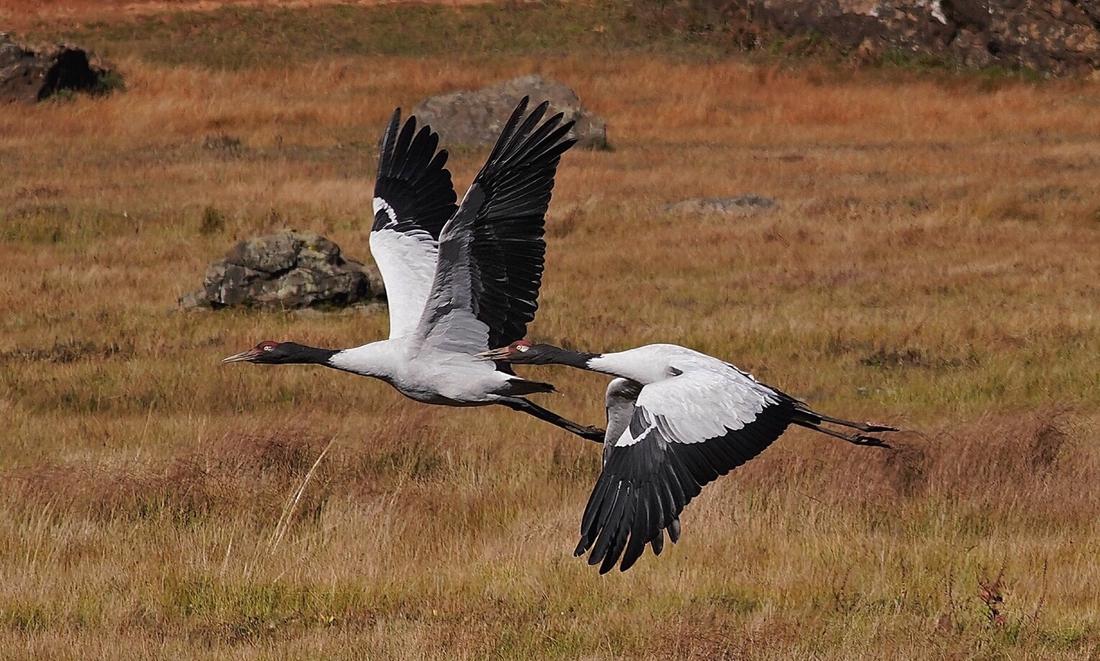
Black-necked cranes migrate further southward to the Xundian nature reserve in central Yunnan’s Kunming city.
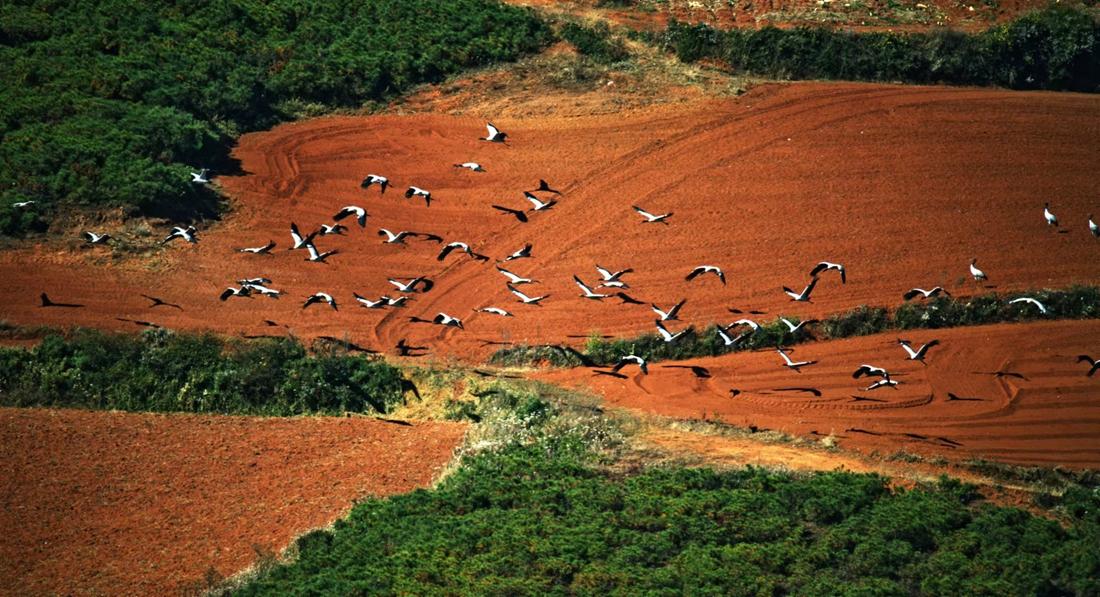
Black-necked cranes migrate further southward to the Xundian nature reserve in central Yunnan’s Kunming city.
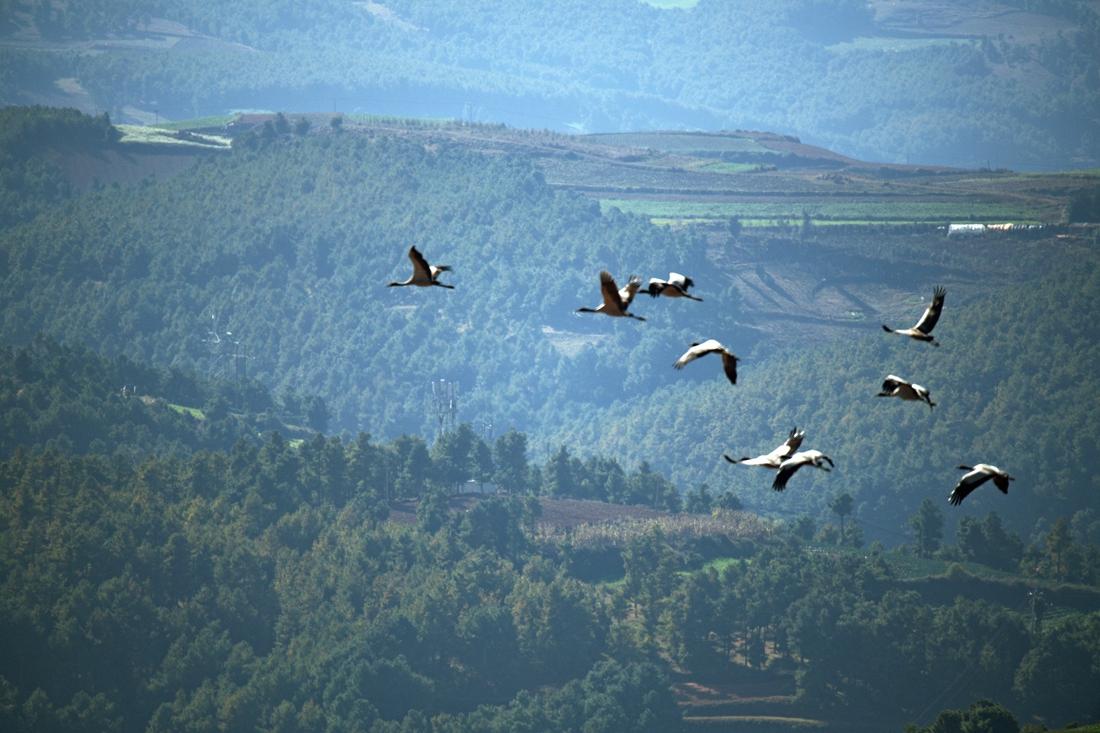
Black-necked cranes migrate further southward to the Xundian nature reserve in central Yunnan’s Kunming city.
Sources: Yunnan Daily; Trans-editing by Wang Shixue